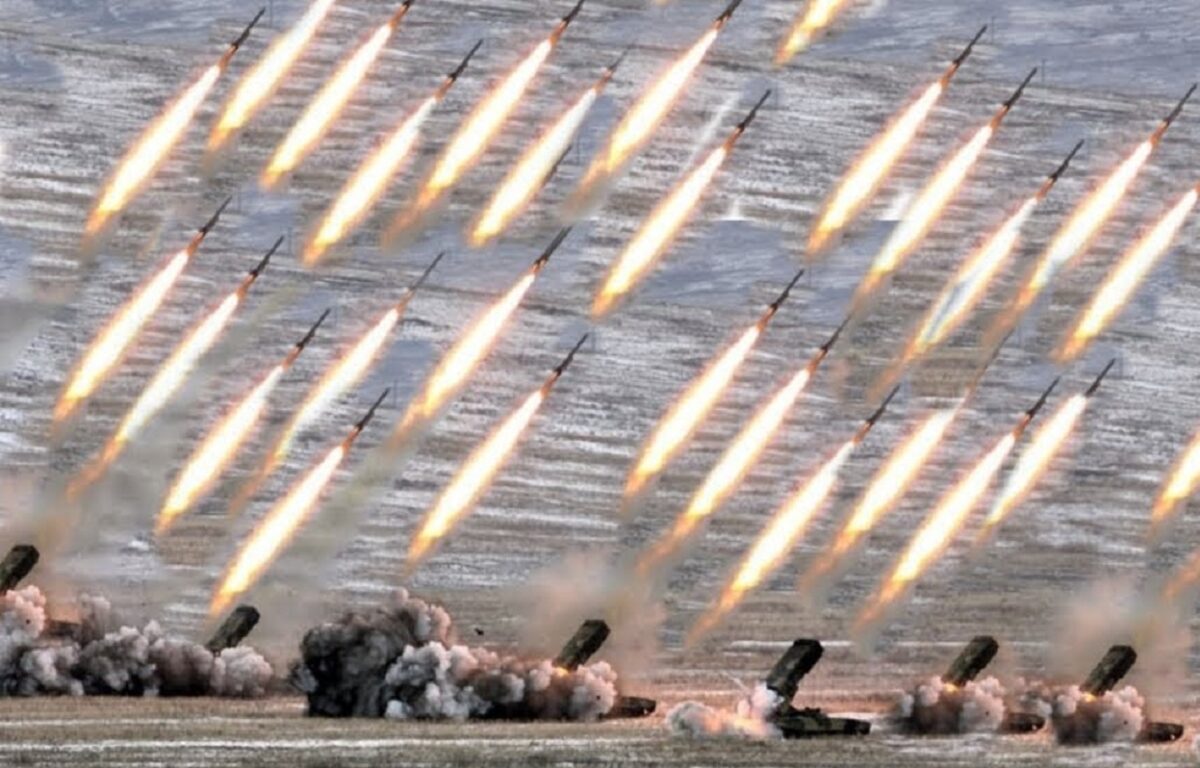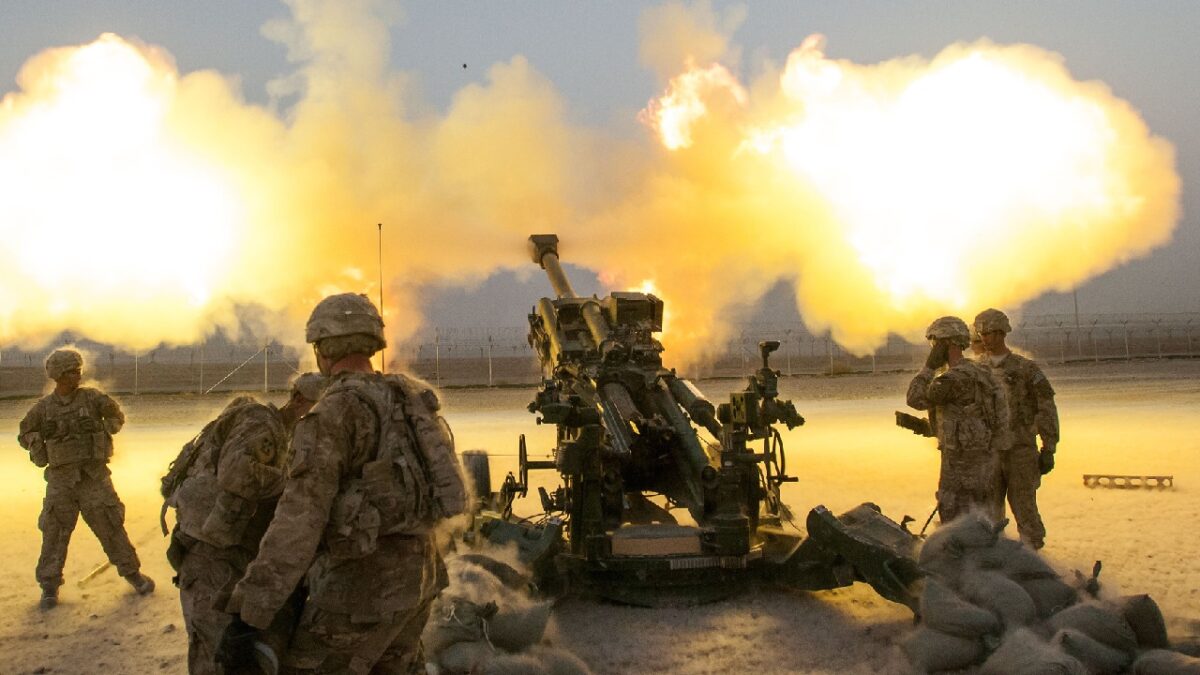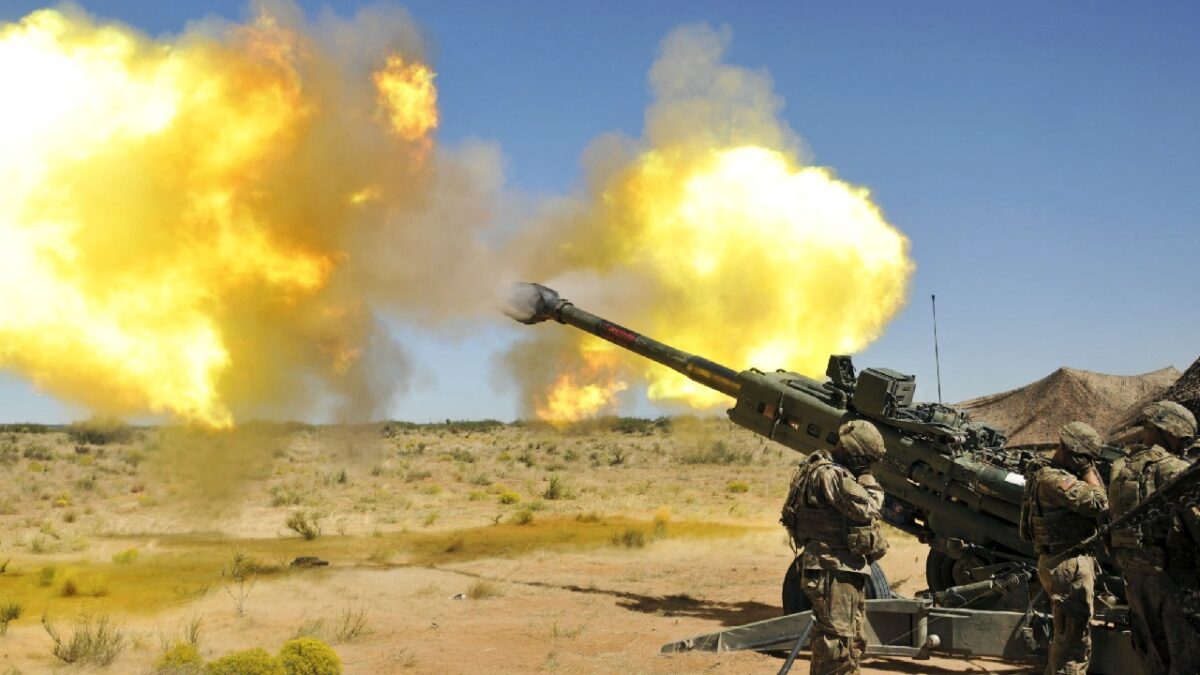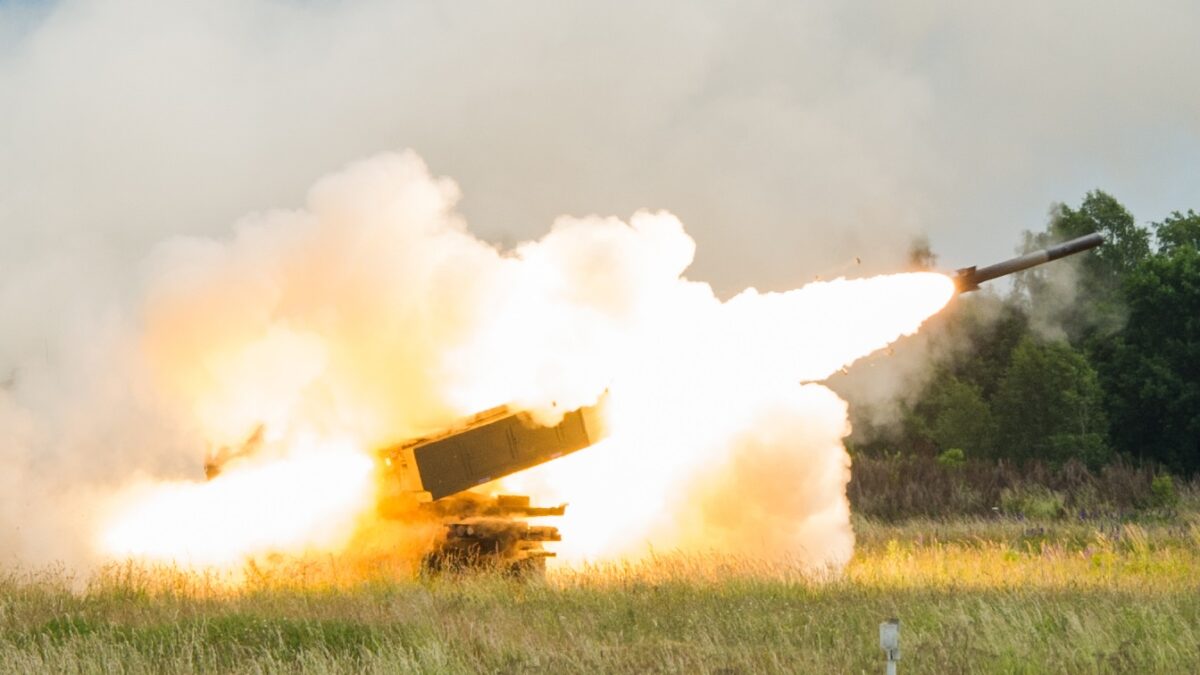The war in Ukraine continues with no end in sight. Both sides continue to push hard, believing that they can achieve their objectives.
But more than nine months of war are taking their toll.
Both the Ukrainian and the Russian militaries have lost tens of thousands of troops in the fighting.
The arsenals of the two sides have also taken a battering.
Artillery stocks, in particular, have been depleting fast as the two combatants use long-range fires constantly.
Artillery: The King of the Battle in Ukraine?
Artillery has been at the center of the conflict in Ukraine.
Both sides are using the “King of the Battle,” as Napoleon—an artillery officer himself—had famously dubbed artillery, profusely.
The Russian military continues to enjoy an advantage in numbers: Russian artillery pieces outgun their Ukrainian adversaries.
During the summer, when the fighting in the Donbas was raging hot, the Russian military was lobbing up to 20,000 artillery shells every day.
At the same time, the Ukrainians could only respond back with around 6,000.
Right now, the Ukrainian forces are firing between 2,000 to 4,000 shells every day, but the Russians continue to outfire them.
When it comes to military aid, the United States has been the most impactful supporter of the Ukrainians, having donated almost $20 billion in security aid since the conflict started on February 24.
A good portion of the security aid that the Pentagon has sent Ukraine is artillery.
The U.S. military has sent close to 190 155mm and 105mm towed howitzers to Ukraine. In addition, the U.S. has sent or committed to sending 38 M142 High Mobility Artillery Rocket Systems (HIMARS).
Combined, the above weapon systems have been integral in the Ukrainian counteroffensives in the east and the south that have pushed the Russian forces back and liberated hundreds of square miles of territory.
Western artillery pieces are of a much higher quality than the Russian-made weapon systems the Ukrainian military was using before the war started. Slowly but steadily, the Ukrainian forces have been phasing out their older weapon systems and are replacing them with NATO ones.

Image: Creative Commons.
However, that process is still underway, and it requires a delicate balance. A standardized arsenal that uses weapon systems of the same or similar caliber makes it much easier to maintain and service. Supply troops only have to deliver one kind of caliber to the frontlines instead of several different.
Artillery in Need of Fixing
According to a New York Times report, which cites U.S. defense officials, approximately one-third of the approximately 350 105mm, 152mm, and 155mm howitzers given by the West to Ukraine are out of commission at any given time. The Ukrainians have been putting their artillery pieces through some good work.
But the non-stop use is creating some problems, with a lot of the artillery pieces in need of urgent maintenance, especially changing of the barrel.
Unlike other urgent maintenance, such as changing the tracks of a tank, the process of changing an artillery barrel requires special machinery and can’t be done on the field by the troops.
As a result, the Ukrainians have to send their artillery pieces back to Poland, where the U.S. European Command (EUCOM) has established a forward-deployed maintenance facility that takes care of any artillery piece in need of fixing.
Pictures of the Artillery and Waging War in Ukraine

M777. Marines with India Battery, Battalion Landing Team 3rd Battalion, 1st Marine Regiment, 15th Marine Expeditionary Unit, prepare to receive a fire mission during MEU Exercise 14 aboard Camp Pendleton, Calif., Nov. 20, 2014. The purpose of MEUEX is to train the different elements of the 15th MEU to work together to complete a wide variety of missions.
(U.S. Marine Corps HDR photo by Sgt. Jamean R. Berry/Released)

Soldiers serving with Alpha Battery, 2nd Battalion, 77th Field Artillery Regiment, 4th Infantry Brigade Combat Team, 4th Inf. Division, shoot a round down range from their M777A2 howitzer on Kandahar Airfield, Afghanistan, Aug. 22, 2014. The round was part of a shoot to register, or zero, the howitzers, which had just arrived on KAF from Forward Operating Base Pasab. The shoot also provided training for a fire support team from 1st Battalion, 12th Infantry Regiment, 4th IBCT, 4th Inf. Div. This is similar to artillery now engaged in Ukraine. (U.S. Army photo by Spc. Ariel Solomon/Released)

Soldiers, with team Deadpool, B Battery, 2nd Battalion, 3rd Field Artillery Regiment, Division Artillery, 1st Armored Division, fire a M777 Howitzer, during the Two Gun Raid September 20 at Oro Grande Range Complex, N.M. 2-3 FA conducts the Two Gun Raid and table VI qualification annually. (U.S. Army Photo by Sgt. Michael Eaddy). This is similar to the artillery engaged in Ukraine.

HIMARS Attack. Image Credit: Creative Commons.

HIMARS graphic from Lockheed Martin.

M142 High Mobility Artillery Rocket System (HIMARS) vehicles with 1st Battalion, 181st Field Artillery Regiment, Tennessee Army National Guard participating in Saber Strike 17 execute a fire mission at Bemoko Piskie, Poland, June 16, 2017. This year’s exercise includes integrated and synchronized deterrence-oriented training designed to improve interoperability and readiness of the 20 participating nations’ militaries. (U.S. Army photo by Markus Rauchenberger)
Expert Biography: A 19FortyFive Defense and National Security Columnist, Stavros Atlamazoglou is a seasoned defense journalist specializing in special operations, a Hellenic Army veteran (national service with the 575th Marine Battalion and Army HQ), and a Johns Hopkins University graduate. His work has been featured in Business Insider, Sandboxx, and SOFREP.

